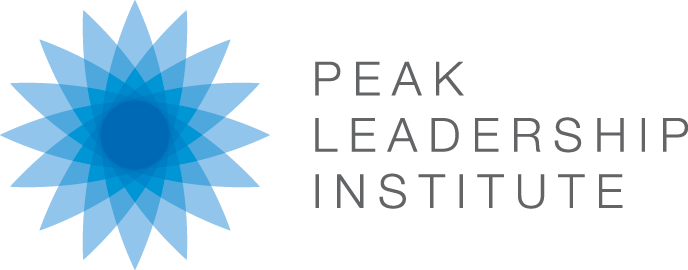Performance management and compensation are challenging areas to get right. Many common practices seen in organizations either go against the research or have mixed research supporting them. On top of that, many companies are unsatisfied with their current system.
Old Thinking
The old thinking is that performance management is about giving employees an annual rating, and then adjusting their title and compensation accordingly. Employees would be motivated by pay-for-performance and would deliver strong outcomes. Sounds reasonable enough as the norm, but it is based on two assumptions that are not supported by research:
Myth #1: Ratings of performance are fair and objective. Research conducted by Michael Mount, Steven Scullen, and Maynard Goff and published in the Journal of Applied Psychology in 2000 looked at performance ratings of 4,492 managers. Each manager was rated by two bosses, two peers, and two subordinates. The research revealed that 62% of the variance in the ratings could be accounted for by rater pecularities while only 21% of the variance could be accounted for by actual performance. In the end, the ratings give us more insight into rater tendencies than they do into the ratee’s performance. Calibration sessions between raters can help mitigate this effect, but it won’t remove the subjectivity of the raters.
Myth #2: Individual performance-based financial incentives improve performance. The main study supporting pay for performance was done by Edward Lazear at Safelite AutoGlass. He studied windshield installers, whose work is routine, repetitive, and non-collaborative, and output and quality were easily monitored. In most knowledge organizations, few of these conditions are present. In fact, paying for performance often hinders creativity and innovation as it decreases healthy risk taking, promotes a more transactional relationship with employees, leads to competitive rather than collaborative behavior, and strengthens extrinsic rather than intrinsic motivation. Lastly, performance incentives can give rise to unwanted side effects, with employees focused on appearing as a top performer rather than being a top performer.
New Thinking
The evolution of performance management is based on a number of practices aimed to support employees and help them grow. This yields greater motivation, engagement, performance, growth, and enjoyment at work.
1) Set clear expectations through detailed role descriptions, reviewing and updating as needed. People do better when they know what success looks like.
2) Set goals aligned with the long-term vision and track progress regularly. We are motivated by ambitious specific goals. Well-crafted goals help team members see how their work contributes to the organizational mission, which brings a sense of meaning to their day to day efforts. One of the key ways to support high performance is to set ambitious goals and review them regularly. It provides a natural sense of accountability as it focuses attention on the priorities and provides opportunities to surface and discuss challenges along the way.
3) Structure more frequent meetings to support employee growth—providing regular praise, constructive feedback, and coaching. Interesting, challenging, and fulfilling work, with opportunities to develop a deep competence, is highly motivating. Continuing to invest in building relationships, discussing career progressions, and generally supporting employee growth leads to strong intrinsic motivation and top performers who chose to stay with your organization. Feedback should be a frequent occurrence, not just done at annual or biannual reviews.
4) Provide raises and promotions regularly. Another way to recognize growth is to favor a more frequent schedule of raises and promotions. Rather than promoting every 2-3 years, consider smaller promotions that can be justified every 6-12 months. This better accounts for the increase in capacity of team members and it feels good to have external recognition of progress.
5) Hold compensation conversations separately from performance conversations. The main focus of performance conversations is to support improved performance, not to determine someone’s bonus. If people are waiting in the meeting to know whether or not they are getting a raise or promotion, they are not in a receptive state and won’t be able to openly reflect on how they’re doing and integrate the feedback effectively. Plus, compensation should be determined by more than just individual performance. Team and organizational success, market rates for the role and level of work, and experience all play into fair compensation.
6) Consider using team-based performance incentives, rather than individual. Team-based incentives reward collaboration and encourage team members to adopt a systems mindset, considering not just their own work but how they could add the most value to the organization in general. Suddenly leveling up the capacity of other members of the team becomes a top priority when you consider its impact on organizational success.
Making the transition from the old practices to the new won’t be easy, but as more and more organizations are growing unsatisfied with their current methods of performance management, we are seeing innovation and rethinking, leading to happier and higher performing teams.

